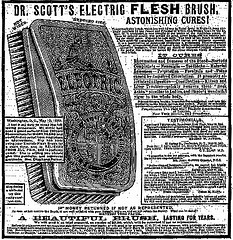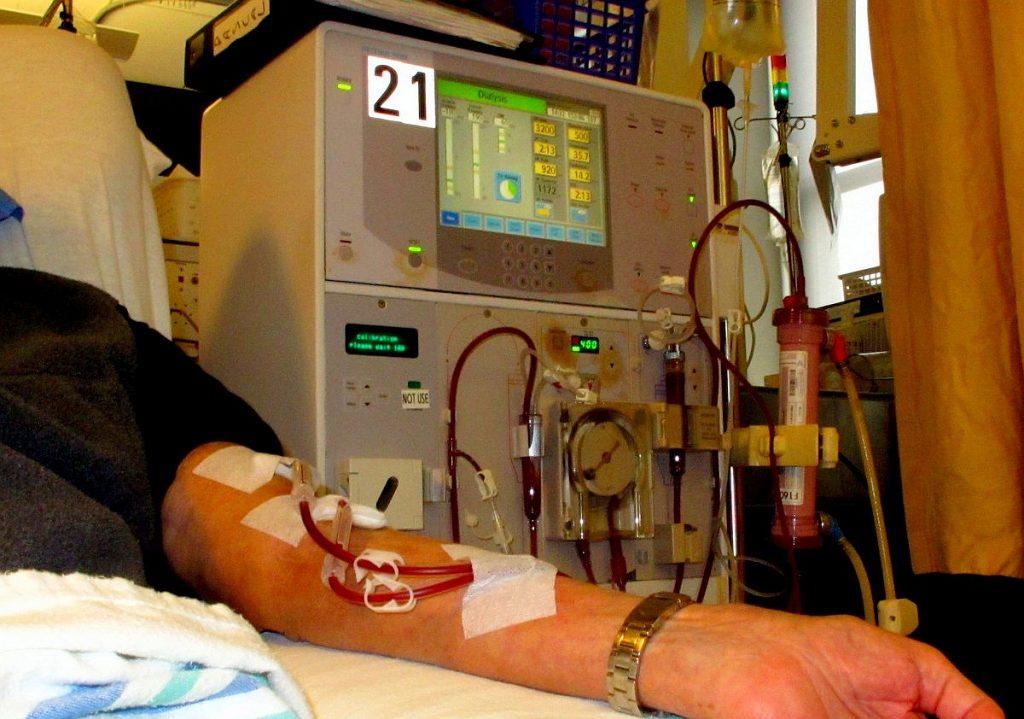 I've been named an “Affiliate Scholar” at the Institute for Ethics and Emerging Technologies, so I thought I'd think about where I fit in the Humanist/Transhumanist matrix. Then I thought I'd draw a Venn diagram or two.
I've been named an “Affiliate Scholar” at the Institute for Ethics and Emerging Technologies, so I thought I'd think about where I fit in the Humanist/Transhumanist matrix. Then I thought I'd draw a Venn diagram or two.
Somewhere along the line we've developed the habit of announcing that, thanks to new technology, we're forever on the verge of revolutionizing what it means to be human. Maybe it came in with the Industrial Revolution and our parallel discovery of modern medical science. Whatever the source, consider this 1933 quote from British engineer Allan Young, in his book Forward From Chaos. As Jo-Anne Pemberton noted in her book Global Metaphors, Young heralded the dawn of what he called the 'Electric-Machine-Power Age' as follows:
“The advent of radio art has provided a revolutionary change in the method and rate of thought dissemination. The human voice is now able to encircle the globe in the twinkling of an eye … It is thus possible for me to project my thoughts instantly into the mind of someone living on the opposite side of the planet …”
“The evolution of the radio machine … seems to be one of the very biggest happenings in our civilization … I stresss the importance of the great acceleration we are now witnessing in the whole process of translating thought into action …”
To which the modern mind can only add, “Really? From radio?” If he were alive today, Allan Young would probably be a Transhumanist like most of my friends at the IEET. In 1933, as in the decades before and since, people have been announcing that technology is about to radically alter the scope, power, and nature of human existence.
And the funny thing is, then it actually does. Humanity was transformed by radio – and by what Young called “the aeroplane.” By the time these transformations became ubiquitious, however, they had also become ordinary – even boring. The truth is that we've been transforming our minds and our bodies for generations. Take life extension, a favorite topic for Transhumanists: Life expectancy increased from 18 years in the Bronze Age to 25 years in Colonial America (although infant mortality affected the numbers significantly), and it approaches 80 years in that country today. Medicine and public health lowered infant mortality in London from nearly 75% before the Industrial Revolution to 31% afterward[i]. But these advances have been unequal. Life expectancy in the poverty-stricken Calton area of Glasgow, for example, is 8 years less than in the Lenzie neighborhood less than ten miles away.[ii]
Somebody already engineered the human lifespan – but they did it with the (often unequal) distribution of resources like food, shelter, disease and accident prevention, and medical care.
Read more »

